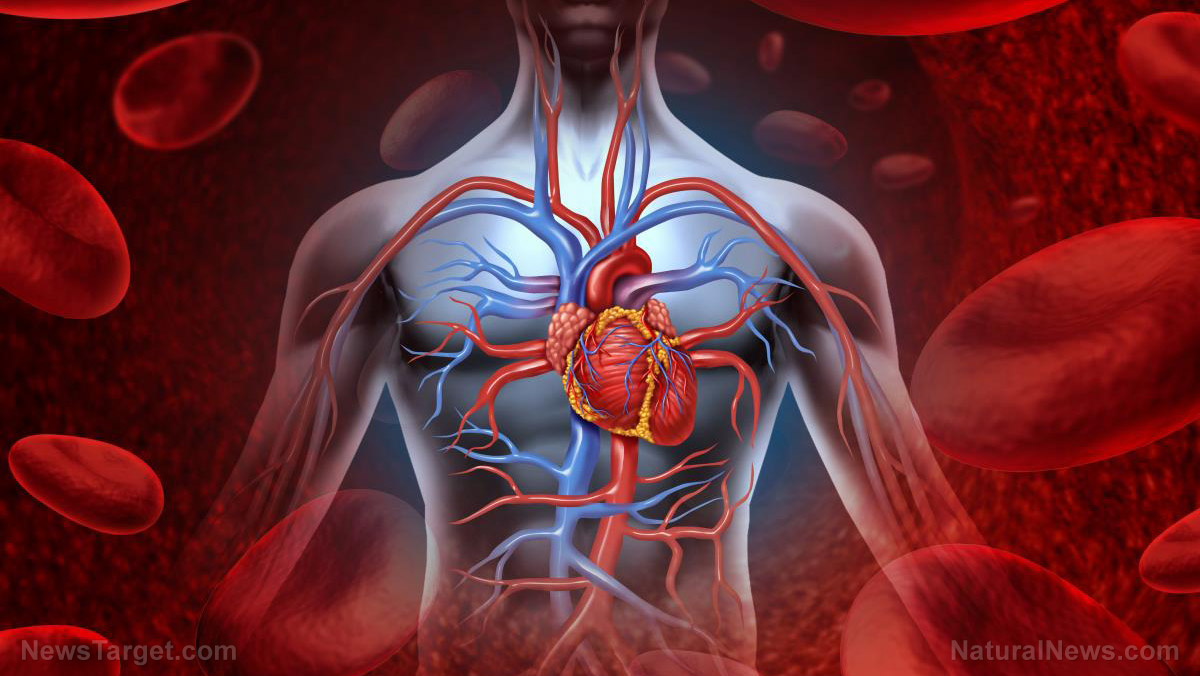How you use your computer could reveal early signs of Parkinson’s or Alzheimer’s
08/23/2018 / By Zoey Sky

According to researchers, algorithms that factored in a “shaking mouse cursor, slow scrolling speed, and repetitive online searches” could be used to determine if certain individuals were experiencing early signs of Alzheimer’s or Parkinson’s disease.
Computer usage and disease prevention
A team of researchers from Microsoft and Duke University has revealed a connection between “a trembling mouse cursor and online searches” which implied that certain individuals could have Alzheimer’s or Parkinson’s disease.
For the study, scientists analyzed data from over 31 million Americans who used the Bing search engine. Their goal was to determine if the behavior of these individuals indicated that they might have the conditions.
The researchers shared that the shaking (a symptom of Parkinson’s) and memory loss (a symptom of Alzheimer’s) could be noticed in the online activity of certain individuals.
The team of researchers and scientists tried to find out how much people’s mouses shake side-to-side or back-and-forth as they try to make normal movements. Using data from the Bing searchers, they also determined when users searched for the same things online repetitively, which implied memory problems, a symptom of the brain degeneration associated with both Parkinson’s and Alzheimer’s. (Related: Good fats, antioxidants, and sunshine: A recipe for beating Alzheimer’s.)
The researchers reported that they identified about 703 individuals who may already have Parkinson’s. These people often searched for things like “just diagnosed with Parkinson’s.”
100% organic essential oil sets now available for your home and personal care, including Rosemary, Oregano, Eucalyptus, Tea Tree, Clary Sage and more, all 100% organic and laboratory tested for safety. A multitude of uses, from stress reduction to topical first aid. See the complete listing here, and help support this news site.
The study authors added that they would try to compare those people’s online activity to that of volunteers who have a confirmed diagnosis of the diseases.
Once the algorithms could accurately identify individuals who already had Parkinson’s or Alzheimer’s, these could be then be used to create software that could spot the symptoms of either condition before people are diagnosed. The computers could even take note of symptoms before a patient or relatives notice them and issue an alert so users can consult a healthcare professional.
The computer algorithms needed to analyze user activity for a long time, and the study participants were observed for 18 months. This length of time could offer detailed information that can be used when diagnosing an individual.
Dr. Murali Doraiswamy, the lead author of the study, said that since the early stages of both Alzheimer’s and Parkinsons’s “can be very hard to differentiate from a host of benign conditions” the misdiagnosis rate is alarmingly high. Dr. Doraiswamy added that computer data, which can track how a person’s online habits change over time, could be crucial to a “greater sensitivity and accuracy in making a diagnosis.”
To address concerns about data security, the researchers stated that the people were monitored in the original study weren’t aware that they were part of it. The data was also anonymous, so it wasn’t a breach of privacy.
Microsoft and Duke University‘s research was published in the journal npj Digital Medicine.
Alzheimer’s and Parkinson’s
While both Alzheimer’s and Parkinson’s are both degenerative brain diseases, they have different symptoms and biological and physical manifestations/pathophysiology.
Alzheimer’s disease is a form of dementia that’s closely linked to a patient’s age. The main pathophysiology of this disease is nerve cell deterioration which manifests as an increased loss of coherence and a gradual loss of the ability to accomplish normal daily tasks.
Parkinson’s disease, a degenerative brain disease, is believed to be due to a prolonged decrease of dopamine. The absence of dopamine may restrict the normal neural impulses in the brain. This can eventually cause impaired/involuntary body movements, muscle rigidity in the facial muscles, problems swallowing, stuttering, and tremors. In the latter stage of the disease, patients will experience mental deterioration.
Read more articles with tips on how technology can help prevent diseases like Alzheimer’s and Parkinson’s at Prevention.news.
Sources include:
Tagged Under: algorithms, Alzheimer's disease, brain degeneration, Brain disease, computer habits, computer use, computers, data privacy, degenerative brain disease, dementia, disease prevention, disease symptoms, internet searches, memory problems, mouse cursor, online activity, online data, online searches, Parkinson's Disease, technology




















